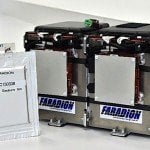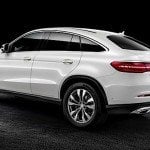Even after years of development and marketing, electric and hybrid cars remain a niche market for auto makers, accounting for less than 1 per cent of car sales worldwide. Compared to where electric cars are, however, the electric airplane is barely on the radar at all. There are no commercially available electric aircraft. But researchers at Cambridge University in the UK, with funding from Boeing, have taken the first steps toward changing that and bringing the world cleaner, low-carbon air travel. Their solution, as with the first successful electric car, the Prius, is a hybrid.
Lead researcher Dr. Paul Robertson of the department of engineering at Cambridge says the problem until now has been in the batteries. They were “not good enough” and too heavy. To put in perspective how “too heavy” they are, he says that if you were to replace the weight of all the engines and fuel in a present-day airliner with the same weight in batteries, the plane would fly for under ten minutes.
However, new developments in lithium-polymer batteries holds great promise for changing that. Though a viable all-electric airliner is probably “decades away,” Robertson and his team have successfully tested the hybrid aircraft. It is powered by a combination gasoline engine and electric motor and uses up to 30 per cent less fuel than a comparable all-gas plane. It is also the first ever hybrid engine capable of recharging its batteries while in flight.
The single passenger craft has a four-stroke piston engine coupled with an electric engine and generator to turn the propeller. During take-off and climb, the two work together to give maximum power. When the craft reaches cruising altitude, it flies on gasoline with assist from the electric motor if required. The motor can be switched to generator mode to recharge the batteries. There are sixteen large lithium-polymer batteries on board, built into the wings.
It’s a first step, but a promising one. The technology at present isn’t viable for anything heavier than 450 kilograms.

































